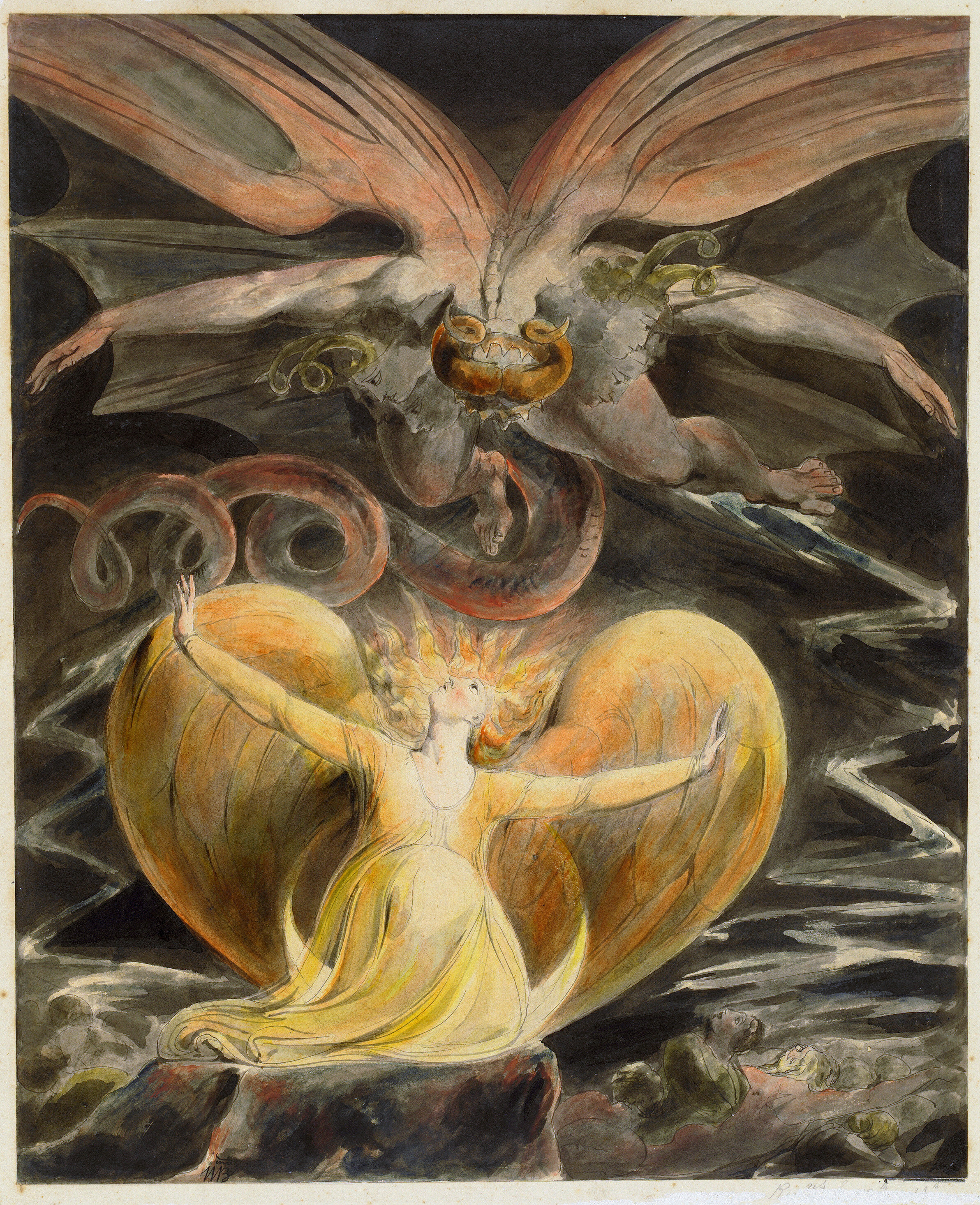Show Don't Tell: A Rule That Isn't Right Even Though It Works
The received wisdom for writing in general is show don’t tell. Even with essays, it is much more convincing to show your work rather than hand out aphorisms (although an argument can be made for a well crafted aphorism). I’ve been interacting more than ever with this truism as I dive back into one of my first writing loves: the screenplay.
There, the showing rather than telling has a practical dimension, as a screenplay is the means to shooting a film, and if the story does not work through the action and dialogue alone, it isn’t going to work. There is an additional corollary to this rule in screenwriting regarding dialogue. Optimally, it is said, dialogue should not do the work of the story. The images should do that. Dialogue, then, is freed up to do its own thing. The principle, and the terrible filmmaking that arises from ignoring it, really comes to life whenever you watch a movie where one character’s dialogue is relegated to exposition.
It goes something like this:
Character A: As you know, we are siblings, but dad’s death was hard on the family. And we’ve never been the same since.
It is even worse in science fiction, where dialogue is forced to do all kinds of gymnastics. In Gravity (2013), for example, much of the first act’s dialogue is spent telling trained astronauts the basics of spaceflight. [1]
From Louis Malle’s My Dinner With Andre (1981)
How “Show Don’t Tell” Works In Principle
So as I’ve been getting reacquainted with the screenplay as a form, I’ve also been consuming much of this kind of advice on dialogue. The idea is to talk as little as you need to and move the story ahead as much as you can with action. With little argument, the mind can construct many examples and reasons why this rule is a wise one to follow. By freeing up the dialogue, the story comes alive on its own, and dialogue can come in over that core story as a free floating element, able to characterize and contextualize rather than bear the burden of telling the story.
Of course, no fascistic application of any principle of craft is advised. But this one has a lot going for it.
Yet as I was redigesting this idea in an effort to get back into a screenwriter’s fighting trim, I rewatched the original Scenes from a Marriage (1973) by Ingmar Bergman. [2] The five part mini-series is made up almost entirely of simple scenes, many of them very long scenes, where people (mostly two people) talk to each other. It is an incredible work, one of my favorites of Bergman, and rather than feeling bogged down or tired, Scenes... is thrilling. The close examination of a marriage, predominantly by being a fly-on-the-wall in their key discussions, achieves the highest of dramatic heights.
So then, how does that work? How can one principle be so compelling and yet be unable to explain such a classic of film? And as this got me to thinking, I realized that Scenes… is far from the only film that appears to succeed while diametrically opposing this attitude toward dialogue — it isn’t even the only Bergman film that does this. (For a non-Bergman example, take Louis Malle’s My Dinner with Andre (1981), a nearly two hour film almost entirely composed of one sit down conversation.) Even Andrei Tarkovsky’s legendary Stalker (1979), which has long periods without dialogue (or much action), many of the greatest insights come from conversation.
One can say that in art, rules are important to learn so that you can learn how to break them, and this is simply an example of a master breaking a rule.[3] While that might be a helpful way of thinking about it, breaking the rule seems to still work, and so what are we really getting at here?
The real question is this: how do you break “show don’t tell” effectively?
From Ingmar Bergman’s Scenes from a Marriage (1973)
But You Have to “Tell” the Story
Well, I have an idea. Scenes… involves a marriage (obviously), and a marriage is a long term intimate relationship where many of the key moments in the relationship itself are embedded in what the partners tell each other in major conversations. That is, sometimes the dialogue is the action itself. The dialogue is a core element of how these people are relating.
Many marriages and romantic relationships in general have only a few key components: conversation, sex and divvying up the bills. While you can add in children to the mix, if any are in the picture, these are really just topics of conversation if we only focus on the marital relationship itself.
The purest way to express a marriage dissolving on celluloid is through conversation and sex. In other words, talking is the action for most of this story.
It’s a similar for Stalker, where the information coming in through conversation is a major part of the film. We don’t know what to rely on for the rules or the history of the mysterious Zone or its supposedly wish-granting room. A lot of critical information is only told to us, rather than shown, and often the rules of the Zone are spoken by a character and then later violated in action, proving the character wrong. That reinforces the unreliability, the sense of hearsay, rumor, tall-tales, and truth all mixed together. This unknowability of the truth is a major theme in the film. So again, the talking is the action that the story is about.
That seems satisfactory.
But even after coming up with this explanation, “show don’t tell” kept bothering me. I couldn’t put it to bed. And so it was on my mind as I continued to watch movies. And I noticed something even stranger.
Perhaps the most unforgivable violation of “show don’t tell” is having a story rely heavily on voice over narration.
Yet I contend that two of the greatest films of all time used it extensively — especially in their most iconic, deliciously masterful sequences.
Tell and Show
I am of course referring to the narrated montages in Martin Scorsese’s Casino (1995) and the opening sequence of Peter Jackson’s The Fellowship of the Ring (2001).
Casino is particularly flagrant as it falls in and out of voice over all the time. The mafiosi even trade off narration duties a bit, overlaying perspectives. Take the introduction to the gambling industry right after the classic opening scene and credits:
We get characterization, oral storytelling, tantalizing hints at a rise-and-fall tragedy, expressionistic pairing of images and narration, and the salacious details of the casino business model.
It comes right out and just says everything. It is more tell than show, as the images really say nothing on their own, they only illustrate what is being said. Plus, it is voiceover narration, seen as the faux pas par excellence among the screenwriting gurus who write all the books with titles like Write a Screenplay in 2 Weeks and How to Make Millions Screenwriting.
The success of this sequence in particular and the film in general gives the lie to the whole “Show Don’t Tell” truism.
Similarly, The Fellowship of the Ring brings us in with an elaborate world building montage for five full minutes. It is the classic speculative fiction no-no of an info dump. And in a three hour movie, it isn’t like they don’t have time for slower world building (in fact, they do a lot of that as well). You could say that the movie simply wouldn’t work without this catch up, and a genius like Jackson knows how to do it without you throwing a fit, but the trouble goes beyond that.
The introductory exposition is incredible. It builds scale (in both time and space), gives the audience (even those uninitiated to the books) a sufficient first look at Tolkein’s Middle Earth, and sets up the stakes that will last for the entire trilogy (the extended edition runs a staggering 11 hours and 22 minutes).
Again, what is incontrovertible is proven to be oh-so controvertible.
I think in both cases, though, something is going on that we forget about with film. Yes it is visual, but it is aural, too. And oral storytelling is the original human artform. Here, the images support the audio the same way the score usually supports the images.
It’s still film, but the primacy of image and sound are inverted from the norm.
One wonders if this isn’t a form that could continue to be pushed further, by more filmmakers creating more films that are essentially campfire stories backed by tremendous imagery and music, only occasionally dropping into scene.
Why not?
Many documentaries essentially do this already. The work of Errol Morris is particularly instructive here. His films, especially works like The Thing Blue Line (1988), blend the storytelling of the interview subjects with bare recreations of the events as described. Along with the incredible strings scored by the one and only Philip Glass, these elements bolster and highlight the narrator’s voice—not the other way around. This all no doubt sounds familiar, as it is the most common form of documentary filmmaking today.
The set of every major Hollywood film from 2009 on.
The True Cost of Showing
So why does any of this really matter? Especially given that “Show Don’t Tell” in filmmaking is borrowed from the world of literature, we should expect it to fit awkwardly at times. That it works as often as it does might even recommend it.
But this rule and others like it point to a deeper problem in today’s film industry. It is a symptom of something that has virtually eliminated the possibility of high quality, big budget Hollywood productions.
Rules like “Show Don’t Tell” are guidelines that give studio executives the ability to grade a script and an edit of a film. Connected to this are the plot beats, story structure, and a number of other artificial grading sticks.
Let’s look at a blockbuster superhero movie franchise from a few decades ago to see why these grading sticks are so aggressively in place now.
Tim Burton’s Batman (1989) was a cultural phenomenon. It was expensive for the time but made up for it by being wildly successful at the box office. In the film, Burton gives us a view of the Caped Crusader with a lot of the director’s trademark style mixed in.
After its success, Warner Brothers green lit the sequel in an effort to print money. In Batman Returns (1992), we see Burton really letting us have it. While the original was a balance between the director’s touch and the needs of standard blockbuster fare, the sequel was far more Burtonesque.
For whatever reason, it was seen as a failure (although it made back its budget easily). Was this “failure” because Burton had more creative freedom (the kind of thing directors used to earn when their films made a lot of money)? Possibly. Whether that made it less successful we can’t really know, but the difference in creative freedom is certainly a noticeable difference between the two.
So if you are a studio mogul looking to write your next big check to a filmmaker, maybe you think twice about giving it to a director who takes risk. And if you want to use a risk taking director anyway for the name recognition, send studio representatives to handcuff them every step of the way.
Fast forward 30 years, and the process of making major Hollywood films (especially superhero movies) has been honed to such a degree that no filmmaker is making really good, interesting big budget films. On the other hand, they also aren’t making really terrible films that completely fall apart. Everyone is make mediocre to fine big budget spectacles.
Now, you might like some of these movies, but compare them to the philosophically complex Robocop (1987) or the visionary Jurassic Park (1993). Those films are both great popcorn movies and great works of art.
In short, studios have made movies much less likely to fail, but the same techniques that do that also eliminate the risk-taking required to make transcendent masterpieces. (Check out my “Scripts for the Ruling Class” for more on this and related points.)
“Show Don’t Tell” didn’t cause big movies to go bad, but it contributes to a view of art that lacks the risk-taking it needs to thrive. Yes, that means more movies will be ruined by telling rather than showing, but that’s the risk it takes to make Casino.
Notes
[1] Gravity (2013) and Interstellar (2014) are the same movie to me. They came out one year apart and are a part of this budding genre I’d like to call sentiment-in-space. So much of big, commercial filmmaking is about creating a gestalt, an imprint of a film in your head that is more like a movie poster come to life, rather than any actual storytelling breakthrough or insight into the human condition. They can, and sometimes do, do that, but they’re special function, I believe, is this imprint. And these two movies, at least for this viewer, leave the exact same imprint.
[2] At some point, the HBO remake will need to be given some thought. I watched it and loved it, but I couldn’t help feeling that the connection to Bergman’s masterpiece was a hindrance rather than a benefit. The acting, however, was commendable in the extreme. While Liv Ullmann and Erland Josephson are superlative, the new duo of Jessica Chastain and Oscar Isaac met the challenge.
[3] “You have to learn the rules to know how to break them,” is my least favorite cliche in arts education. It is simply wrong. What educators can teach are guidelines that control quality, but they cannot express the entire possible combination of creative decisions that might lead to a great film. It should be something like, “You have to learn the rules to start making things that aren’t half bad. Then, you’ll have experience enough to take the kinds of risk that lead to the kind of aesthetic discoveries that make great art great.” That is, unfortunately, a much worse aphorism.









































































